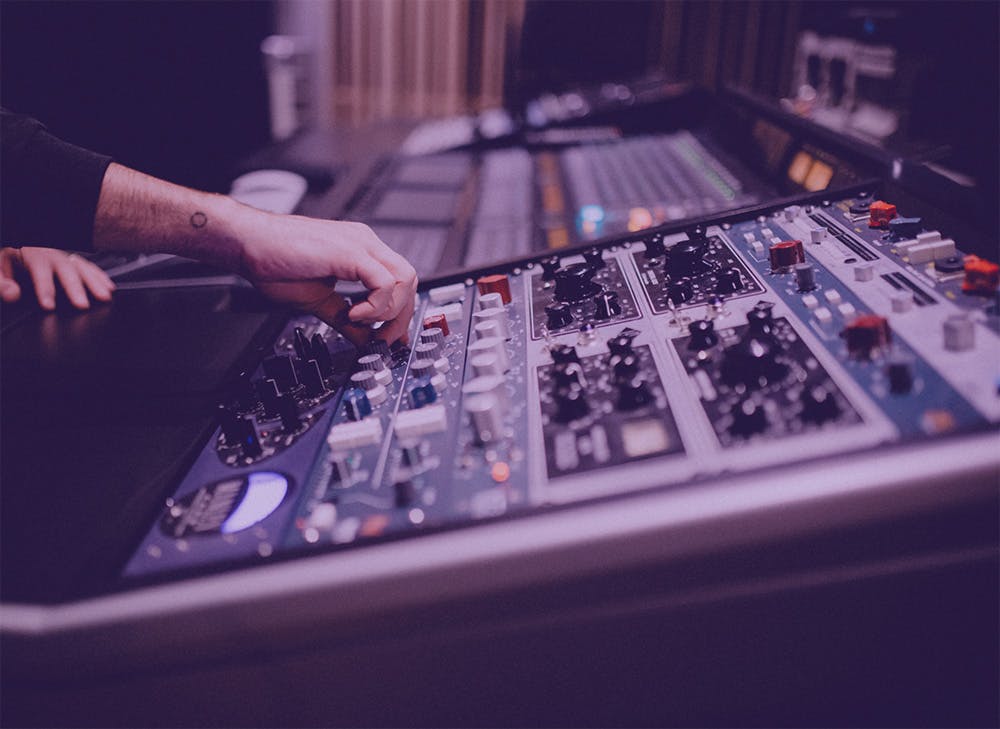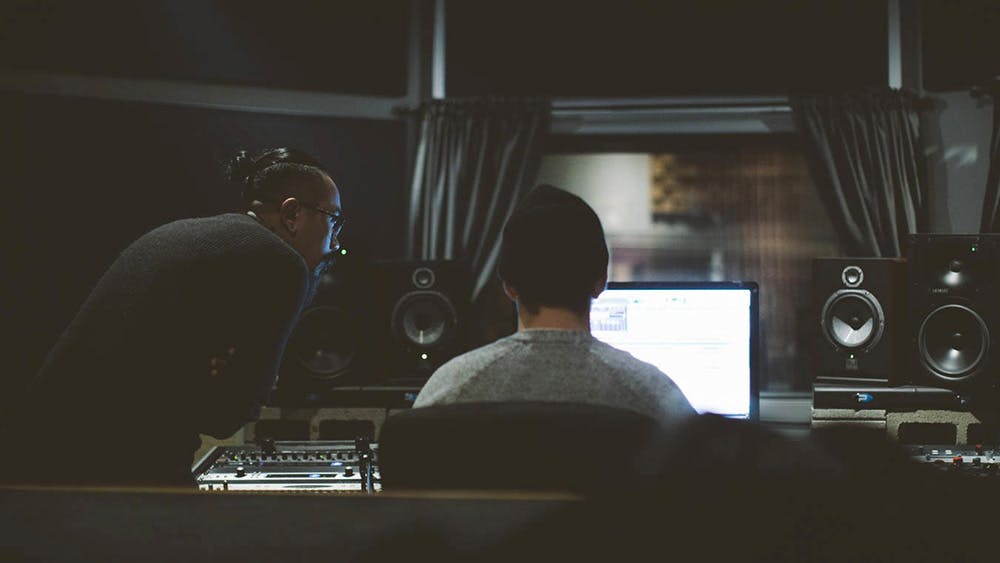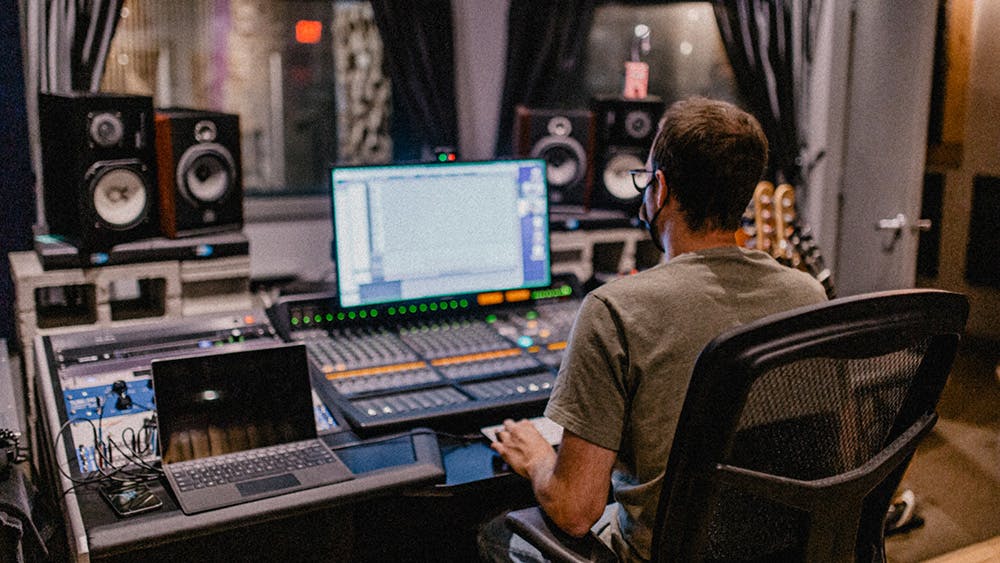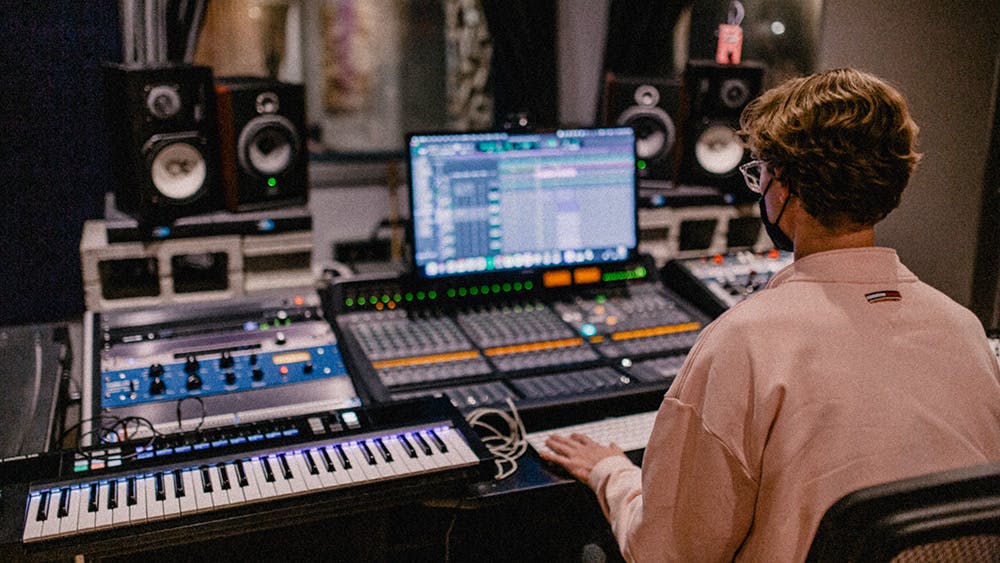Mute Everything!!!
Reading time: 5-6 minutes
Hey Velveteeners! Velveteers? Velvetonians?!?
So stoked to be making a appearance on the blog here. Today I'm going to lay out an approach I use to create effective arrangements that I call “producing by muting”. I developed this technique to deal with a problem that plagued me early in my career (and still shows up now and then); OVER CREATION! Let me walk you through a scenario that I'm sure we've all been through at least once.
MAKING THE FEELS
Starting a new project, I would get excited about a song/part/idea/sound/lyric and dive into the process of making the best song no one has heard yet! I would obsess over a lyric or programming a synth patch or sculpting a great drum sound. I would hunt endlessly for an undiscovered chord change or the cleverest riff. I would slowly become a zombie scrolling through endless sample libraries or trying endless combinations of EQ and compression in search of the perfect snare drum, the best guitar sound, and the elusive magical vocal preset!!!
As creators, I think we often see endless possibilities that lead to more. More lyrics, more instrumental parts, more plugins, and more interesting things! With the added perspective of a good night's sleep or a relaxing dinner or a week spent working on other things I would listen back and realize that I ruined a good idea by doing too much.
In retrospect, it was clear that I had simply lost focus on what was important. In the frenzy of creation it's easy to forget that what matters is how a song makes us feel and not what was needed to get the feeling. It's not that the kick drum or the elusive magical vocal preset don't matter. It's just that they only matter if they help us (and hopefully our audience) feel something.
REWIND SELECTOR
So let's rewind to that first version of this hypothetical song for a minute. I probably had some drums and a bass part. A piano or a guitar line. Maybe a cool synth part and a vocal or two. In all, there were likely 4-5 elements (I think of an element as a collection of sounds/instruments that make up a single musical part). That's when I recommend to STOP writing parts and instead take a small break (Free Tip: A studio dog is a great excuse to take frequent breaks!). With fresher ears, I listen through the whole song once from front to back. No stopping and no tweaking anything! As I listen I write a list of all the places in the song that I get bored, lose interest, feel my attention wander, or simply don't feel what I initially imagined feeling. This becomes my roadmap for “producing by muting”.
MUTE EVERYTHING
With my bare bones version of the song I mute almost everything (except the lead vocal because, let's face it, in pop music no one is letting you mute the vocal). With everything muted I'll start adding elements back in one at a time. Maybe I'll discover that the guitar part sounds great on it's own in the pre chorus. Great, I'll use that somewhere. Maybe the bass and drums sound cool on their own in the bridge without the other parts I had. Great, that's an idea to try. Maybe the guitar and piano parts that were panned together in the verses are better panned hard left and right in the chorus to create width and impact. Great, now I don't need a big synth pad to make the chorus wide. Maybe if I filter off the top of the synth in the first half of the chorus I can help the chorus evolve by opening a filter as it repeats. Awesome!
I find that approaching the production like this has a few advantages. Instead of writing more ideas and parts and layers of complexity (that I'll likely get attached to) I'm forced to make sure my initial sonic choices are compelling. It also immediately identifies any weaknesses in the song or parts and forces me to fix them before they are buried under hours of production. And most importantly, it places the focus squarely back on how the recording FEELS.
LISTS ARE AWESOME
If you decide to try this process for yourself, I find asking these 4 questions about all the moments on my initial roadmap list can be helpful:
Can I change a reverb/delay/chorus/distortion or other effect to make the existing parts feel different in that moment?
Can I mute/filter/turn down/turn up something before or after this moment to hold the listener's attention?
Can I move things in the mix (front>back, side>side, top>bottom, narrow>wide) to make the same parts feel new?
Can I add or remove frequencies to create emotional movement, arc, or impact?
With that small list of questions I expect to fix most of what's missing from a songs initial form without needing to add extra elements.
AUDIO NINJITSU
Having a very solid arrangement that works with only a few elements doesn't mean I'm a purist about tricks. In fact it's the opposite! Having a finely tuned arrangement allows me to use all the production tricks possible to push the song and emotion forward instead of using them to mask problems. I know I'm sidechaining the right elements to make the groove awesome. I know I have the right risers and impacts in the right places to create the emotion I want. I know that the extra layers of air and white noise behind the chorus have a purpose and aren't there just because that's what you are supposed to do in the chorus. I know the instrumentation and the sounds I've chosen fit the feeling of the song and that everyone will hear them because they are upfront and centre. I know that if I decide to write extra parts I really did need them and I know what I need them to do both sonically and emotionally. And best of all I know that the recording is designed around a feeling that will be obvious and accessible to an audience.
LISTEN LISTEN LISTEN
There are so many amazing examples of effective but minimal feeling production by the masters of our craft. A few favourites that I recommend checking out are “California Love” by 2pac (which is actually quite complex!), “Gimme Shelter” by The Rolling Stones (when does the guiro actually fade out anyway!?!?), “Humble” by Kendrick Lamar, “Ya Hey” by Vampire Weekend, and “Happy” by Pharrell Williams. If you've got others, I'd love to hear about them!
Happy music making!






